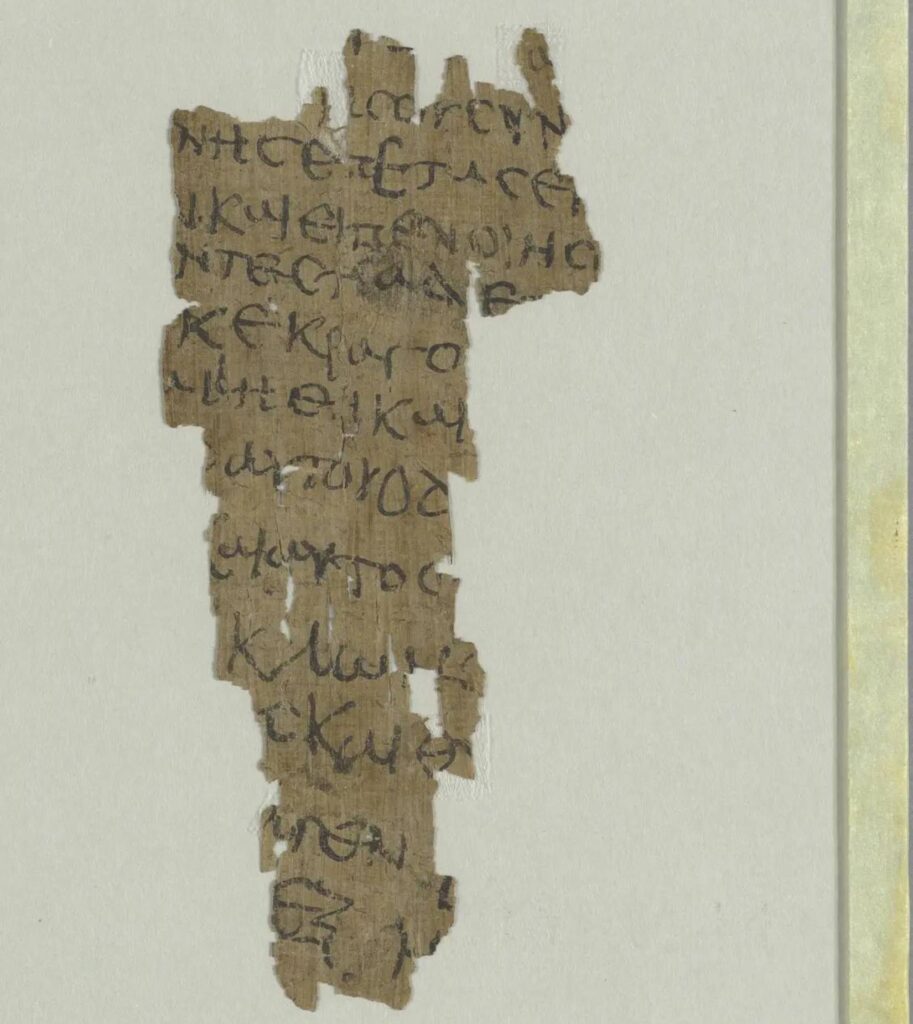Despite being one of the most influential figures in history, little is known about the childhood of Jesus of Nazareth.
The Gospel of Luke briefly mentions a move to Jerusalem when Jesus was 12, but other details about his early years are scarce. However, there are various non-canonical stories, known as apocrypha, that offer additional narratives. One such story was recently discovered in the Hamburg Carl von Ossietzky State and University Library.
Discovery of the Papyrus Fragment
This newly found papyrus fragment, labeled “P.Hamb.Graec. 1011,” comes from Egypt and contains 13 lines of Greek text. Measuring roughly four inches by two inches, the fragment was analyzed by Lajos Berkes from Humboldt-Universität zu Berlin and Gabriel Nocchi Macedo from the University of Liège.
Their study, published in the Zeitschrift für Papyrologie und Epigraphik, revealed that this fragment is the earliest known example of the Infancy Gospel of Thomas, a text that was popular in antiquity and the Middle Ages.

Initially, the fragment was thought to be an everyday document, such as a letter or shopping list, due to its clumsy handwriting. However, upon noticing the name “Jesus” in the text and comparing it with other digitized papyri, the researchers realized it was something much more significant.
This fragment dates back to the 4th or 5th century CE, making it older than the previously earliest known version from the 11th century. The original text is believed to have been written around the 2nd century CE.
Significance and Insights
The fragment likely served as a writing exercise in a school or monastery, given its crude handwriting and line construction. The text begins the story of Jesus’ second miracle, where he molds sparrows from clay near a river.

This discovery is crucial for researchers, as it not only dates the text earlier than previously known but also provides new insights into its transmission. It shows that the Infancy Gospel of Thomas, once dismissed as mere religious fiction, has a much more profound historical significance.





